Designed by Volkan Alkanoglu, Drift is created to bridge a physical divide – a creek – between two halves of one neighbourhood and their respective park systems.

Photography by Peter Molick
February 3rd, 2022
In the short span of 50 years, Singapore has gone from a city filled with slums and choked with congestion to a clean, modern metropolis with world-class public infrastructure. Its success stems from long-term urban planning that involved large scale developments. These efforts in turn attracted foreign investments and millions of international tourists every year pre-COVID-19. But perhaps it’s time this small but efficient city state redirects its focus to improving community well-being not through grand gestures, but small actions that allow people to appreciate and find contentment within their neighbourhoods.
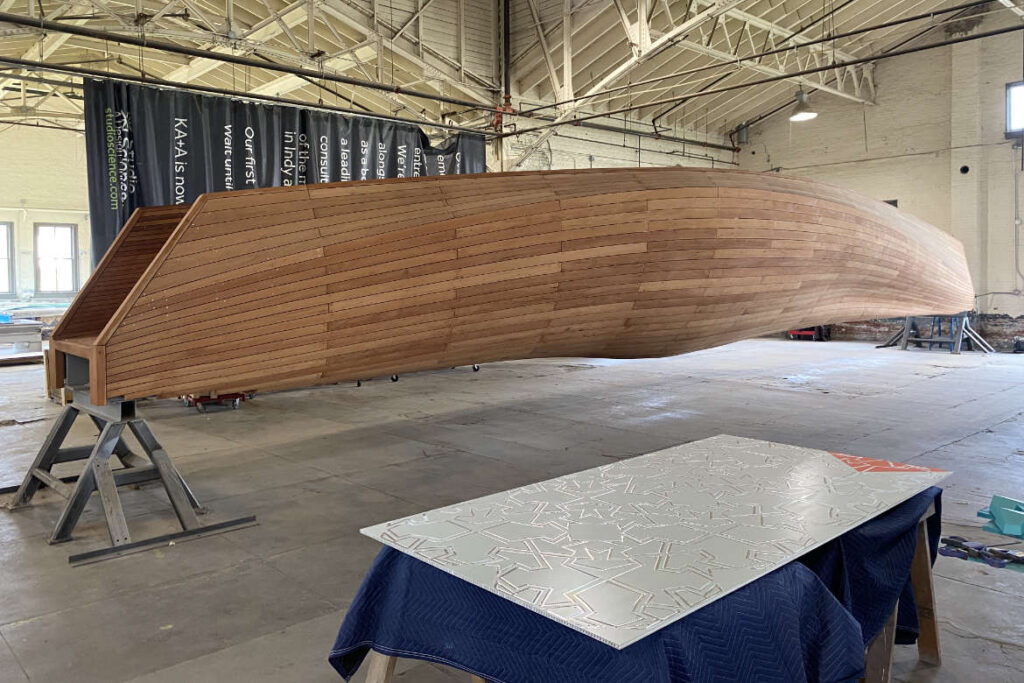
The Drift, a timber and steel pedestrian bridge in Texas, USA, is an innovative example of plug-and-play urbanism that we can learn from. Designed by Volkan Alkanoglu and fabricated off-site with an installation time of just a few hours, Drift is a community-driven, site-specific project created to bridge a physical divide – a creek – between two halves of one neighbourhood and their respective park systems. Historically, there had been no place to cross the 80-foot-wide culvert for seven blocks.

The site and its immediate surroundings that change depending on the season informed Alkanoglu’s design and material palette. The result is a 62-foot-long bridge made of steel armature and timber planks that resembles a smooth, curving branch of driftwood or a bowed bentwood splint, arching over the creek.
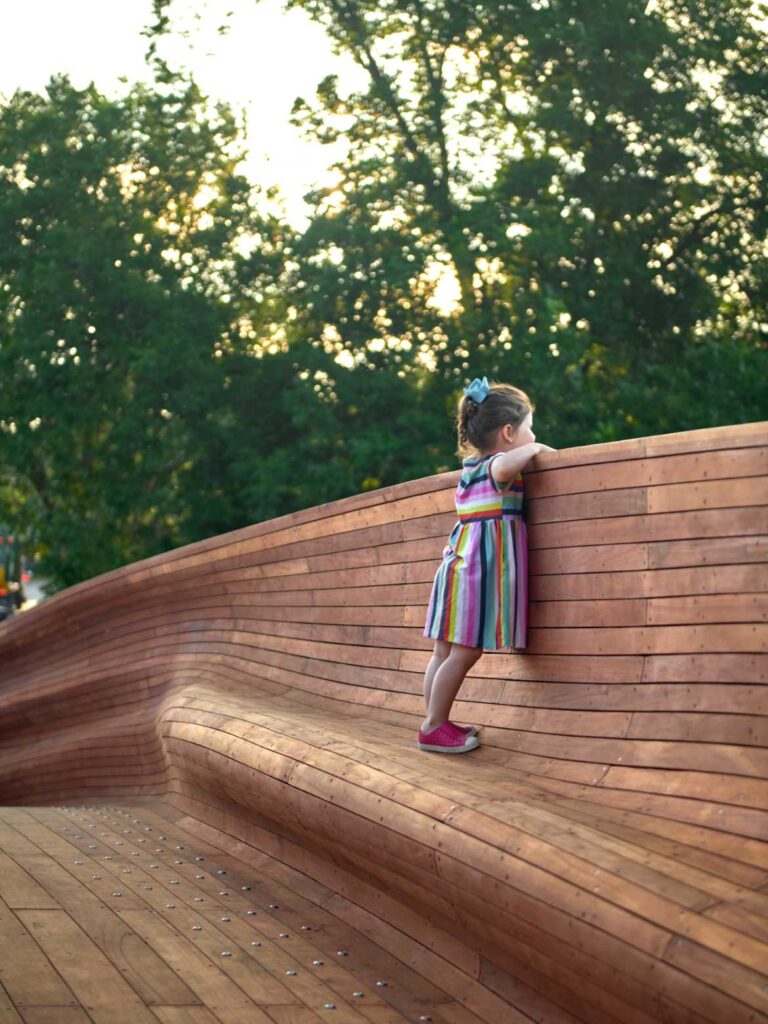
From other angles, it refers loosely to the hull of a ship, with a convex underbelly and a concave hull containing a pathway, benches, and railings. Uniquely, these elements are all built into a single form, where irregular undulations and curves are engineered for sitting and support. This innovation also draws inspiration from Charles Eames’ leg splint, “where every function occurs within a single figure,” explains Alkanoglu. Embedding the benches was a means of placemaking for Alkanoglu. With them, Drift becomes public art and a space for contemplation, recreation, and communing, rather than just a thruway or wayfinding mechanism.
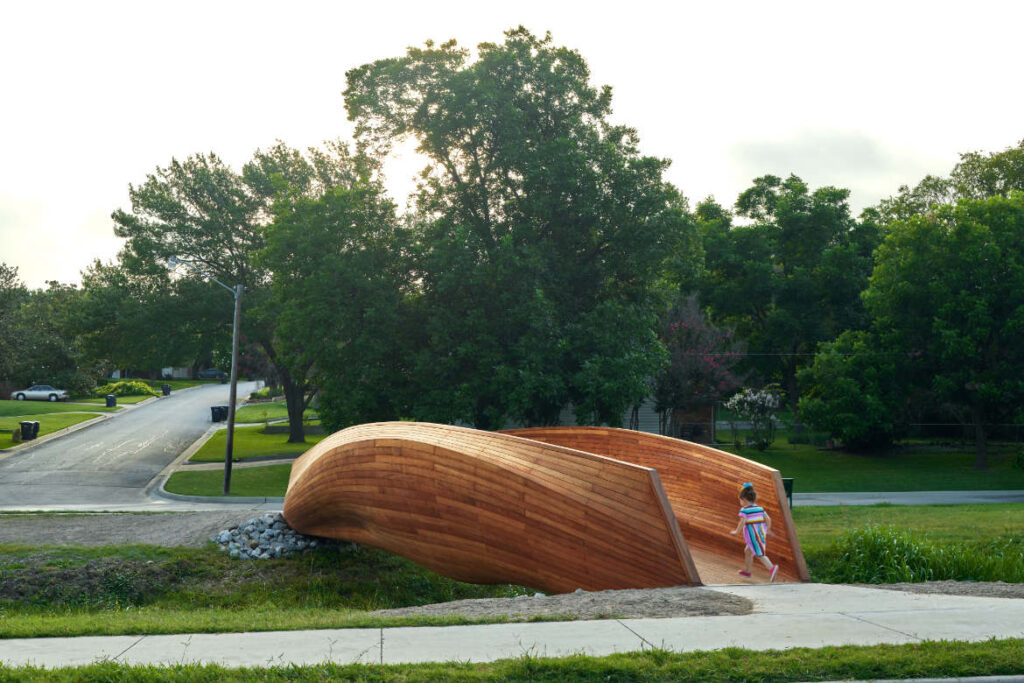
INDESIGN is on instagram
Follow @indesignlive
A searchable and comprehensive guide for specifying leading products and their suppliers
Keep up to date with the latest and greatest from our industry BFF's!

The undeniable thread connecting Herman Miller and Knoll’s design legacies across the decades now finds its profound physical embodiment at MillerKnoll’s new Design Yard Archives.

Welcomed to the Australian design scene in 2024, Kokuyo is set to redefine collaboration, bringing its unique blend of colour and function to individuals and corporations, designed to be used Any Way!

For Aidan Mawhinney, the secret ingredient to Living Edge’s success “comes down to people, product and place.” As the brand celebrates a significant 25-year milestone, it’s that commitment to authentic, sustainable design – and the people behind it all – that continues to anchor its legacy.
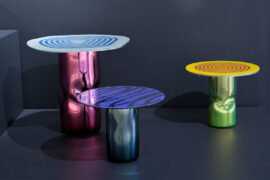
Despite its long and rich history, signwriting is a profession in decline. Will Lynes’ new show, Oily Water at Canberra Glassworks, aims to showcase the techniques of the trade to highlight its potential in design.
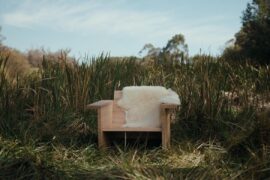
Mark Tuckey X Main Studio embrace the future with a new range of furniture that showcases the beauty of agroforestry timber.
The internet never sleeps! Here's the stuff you might have missed
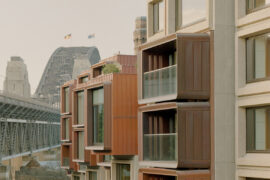
The INDE.Awards 2025 has crowned Sirius Redevelopment by BVN as the winner of The Multi-Residential Building, sponsored by CULT. This ambitious project redefines urban living in Sydney’s historic Rocks precinct while preserving heritage, reducing embodied carbon, and elevating residential design.
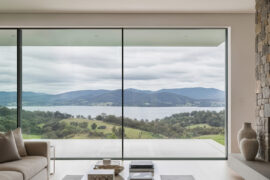
Minimalist in form yet robust in performance, the Artisan 934 Panoramic Sliding Door reframes the function of a sliding door as a central architectural element.
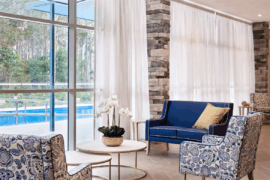
Inspired by an unthinkable design challenge on Sydney Harbour, Materialised’s ingenuity didn’t just fuse acoustic performance with transparent finesse – it forever reimagined commercial curtain textiles by making the impossible possible.